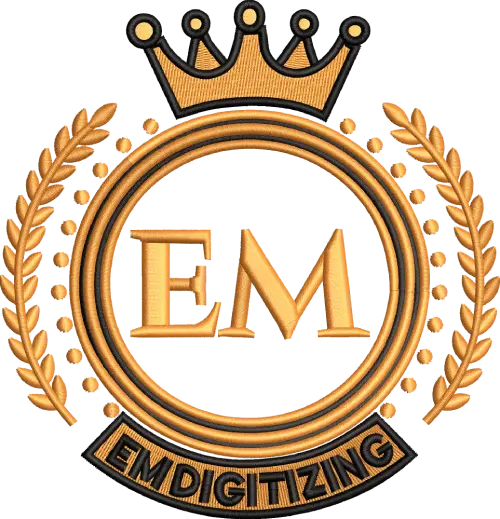Cos'è un file vettoriale? È la magia dietro splendidi disegni che sembrano impeccabili, non importa le dimensioni. Che si tratti di un logo su un biglietto da visita o di un'immagine su un cartellone pubblicitario gigante, i file vettoriali mantengono la qualità nitida e pulita.
Questi file sono la scelta ideale per i progettisti che lavorano su progetti che necessitano di flessibilità e precisione. Dai materiali di branding alle illustrazioni, i file vettoriali semplificano il ridimensionamento e la modifica senza compromettere la qualità. Curioso di sapere perché sono così essenziali? Esploriamo!

Cos'è un file vettoriale? Cosa devi sapere
Cos'è un file vettoriale?
UN file di immagine vettoriale è un'immagine digitale creata utilizzando equazioni matematiche che definiscono le linee, forme, e curve. Questo fa cos'è un file di immagine vettoriale speciale: consente il ridimensionamento su qualsiasi scala senza perdere nitidezza o qualità. A differenza delle immagini basate sui pixel che possono sfocarsi o distorcersi se ingrandite, la grafica vettoriale rimane nitida e chiara a qualsiasi dimensione.
Confronto tra grafica vettoriale e grafica raster
Caratteristica | Grafica vettoriale | Grafica raster |
Definizione | Creato utilizzando formule matematiche | Costituito da singoli pixel |
Scalabilità | Può essere ridimensionato senza perdere qualità | Diventa pixellato quando ingrandito |
Tipi di file | SVG, EPS, AI, PDF | JPEG, PNG, BMP, GIF |
Meglio per | Loghi, illustrazioni, disegni di testo | Foto e immagini dettagliate |
Dimensione del file | Generalmente più piccolo | Più grande a causa dei dati pixel |
La modifica | Facilmente modificabile e personalizzabile | Modifica limitata senza perdita di qualità |
Formati popolari per file vettoriali
I file vettoriali sono disponibili in diversi formati, ciascuno su misura per usi diversi in progettazione e stampa. Questi formati, come .AI e .SVG, sono ampiamente utilizzati perché mantengono la qualità dell'immagine indipendentemente dalle modifiche delle dimensioni. If you’;sei curioso di sapere quale formato è un file vettoriale, ecco una ripartizione dei tipi più comuni:
- .AI (Adobe Illustrator)
- .SVG (Grafica vettoriale scalabile)
- .EPS (PostScript incapsulato)
- .CDR (CorelDRAW)
- .DXF (Formato di scambio disegni)
- .PDF (Formato documento portatile)
1. .AI (Adobe Illustrator)
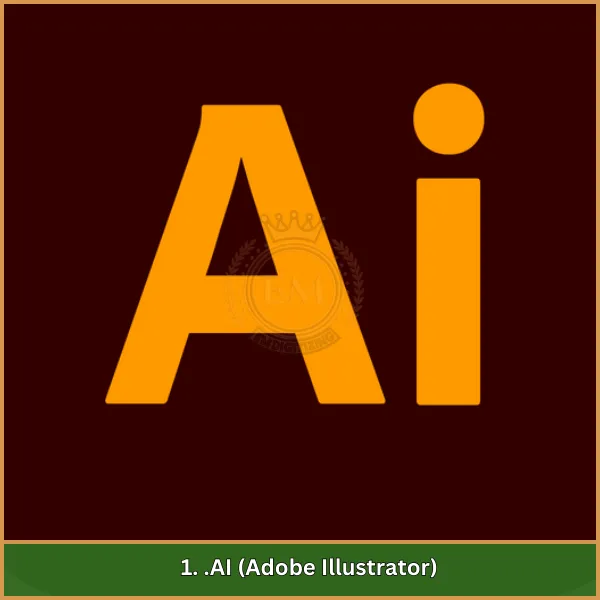
I file AI sono il formato predefinito per Adobe Illustrator, uno dei preferiti tra i designer per la creazione grafica vettoriale professionale. Questo formato conserva i livelli, trasparenza, e modalità colore, rendendolo ideale per modifiche continue e progetti di design complessi.
2. .SVG (Grafica vettoriale scalabile)

I file SVG sono web-friendly e scalabili, rendendoli perfetti per i progetti digitali. Con il loro formato basato su XML, possono essere ridimensionati senza perdere qualità e sono facilmente modificabili utilizzando CSS o JavaScript, rendendoli la scelta migliore per i design reattivi.
3. .EPS (PostScript incapsulato)
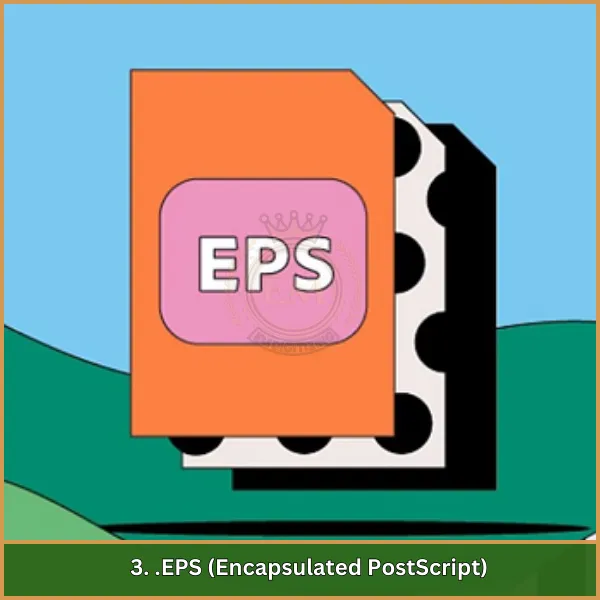
I file EPS sono versatili e comunemente utilizzati per trasferire la grafica tra software. Possono memorizzare sia elementi vettoriali che raster, rendendoli un'opzione di riferimento per le attività di stampa e pubblicazione.
4. .CDR (CorelDRAW)
I file CDR sono specifici del software CorelDRAW e sono ampiamente utilizzati negli ambienti di progettazione professionale. Supportano funzionalità come livelli ed effetti, fornendo flessibilità per creazioni grafiche vettoriali dettagliate.
5. .DXF (Formato di scambio disegni)
Il formato DXF viene utilizzato principalmente in ingegneria e architettura per condividere progetti CAD. Supporta la grafica vettoriale 2D e 3D, garantendo la compatibilità tra vari programmi CAD.
6. .PDF (Formato documento portatile)
Sebbene noto principalmente come formato di documento, I PDF possono anche memorizzare grafica vettoriale. Ciò li rende ideali per condividere progetti su più piattaforme, preservare l'integrità del layout per la stampa e le presentazioni.
Quali sono i vantaggi e i limiti dei file vettoriali?
I file vettoriali sono noti per la loro scalabilità e precisione, ma hanno anche degli svantaggi. If you’;si chiede cos'è il file vettoriale, è un formato grafico ideale per progetti che richiedono flessibilità e chiarezza.
Vantaggi | Limitazioni |
Scalabile senza perdita di qualità | Non adatto per immagini complesse |
File di piccole dimensioni | Miscelazione dei colori limitata |
Facile da modificare e personalizzare | Richiede software specializzato |
Alta qualità per tutti gli output | Compatibilità limitata con gli effetti |
Versatile in tutti i settori | Richiede esperienza nel design |
Di quale software hai bisogno per modificare file vettoriali?
La modifica dei file vettoriali richiede un software specializzato in grado di gestire i loro formati unici, come .AI, .SVG, o .EPS. If you’;si chiede quale estensione è un file vettoriale, questi formati garantiscono scalabilità, grafica di alta qualità per varie esigenze di progettazione. Ecco gli strumenti che puoi utilizzare:
- Adobe Illustrator: Un software leader per l'editing vettoriale professionale, offrendo funzionalità avanzate come i livelli, miscelazione dei colori, e aggiustamenti del percorso. Ideale per i loghi, illustrazioni, e progetti di branding.
- CorelDRAW: Noto per la sua interfaccia user-friendly, CorelDRAW è un potente strumento per la creazione e la modifica di grafica vettoriale, particolarmente popolare nei settori della stampa e della progettazione di segnaletica.
- Inkscape: Un software gratuito e open source, perfetto per i principianti e per chi ha un budget limitato. Supporta la maggior parte dei formati di file vettoriali e fornisce strumenti essenziali per la modifica e la creazione di disegni vettoriali.
- Designer di affinità: Un'alternativa economica a Illustrator, offrendo funzionalità robuste per l'editing vettoriale e raster, rendendolo adatto a progettisti che cercano versatilità.
- Design grave: Uno strumento leggero e basato sul web, eccellente per modifiche rapide e disegni vettoriali di base. È accessibile online ed è perfetto per i progettisti che necessitano di flessibilità senza installare software pesanti.
Come aprire e modificare file vettoriali
Comprensione cos'è un file vettoriale è il primo passo per sbloccare il suo pieno potenziale per progetti professionali. Ecco una semplice guida per aprire e modificare file vettoriali:
1. Trova lo strumento giusto
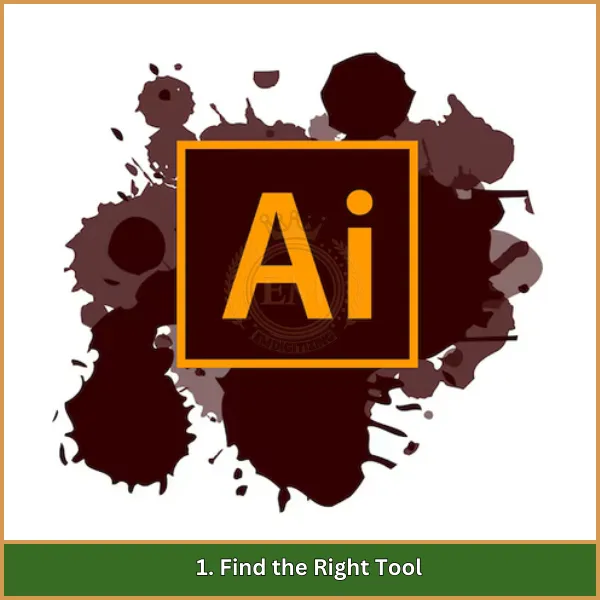
Scegli il software adatto al tuo progetto, come Adobe Illustrator per modifiche avanzate, CorelDRAW per diverse funzionalità, o Inkscape come alternativa gratuita.
2. Accedi al file vettoriale
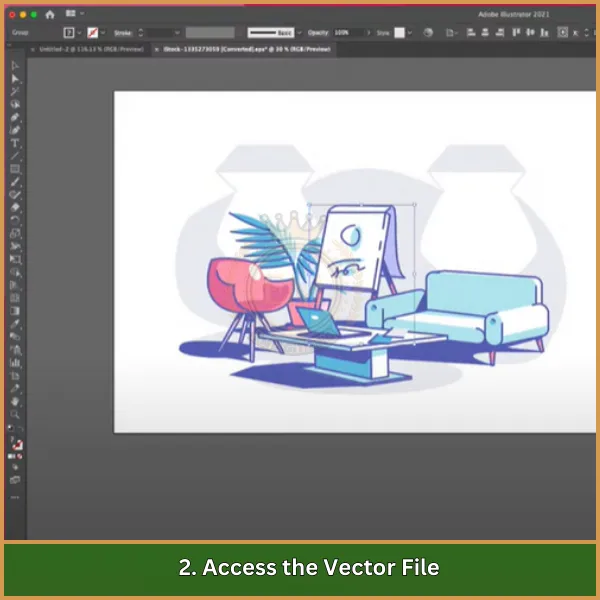
- Open your software and navigate to the “;File”; menù.
- Select “;Open”; e cerca il formato del file, come .AI o .SVG.
3. Personalizza il design
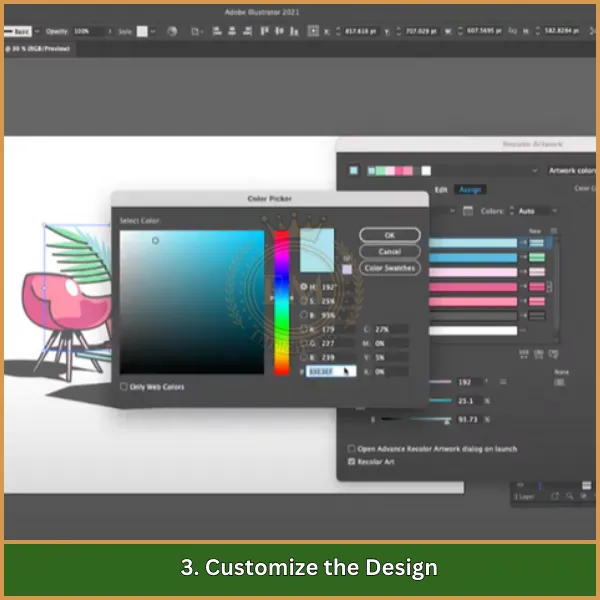
- Utilizza gli strumenti di modifica per modificare le forme, Regola i colori, e affinare i percorsi.
- Organizza gli elementi in modo efficiente utilizzando i livelli all'interno del progetto.
4. Salva le tue modifiche

- Salva nel formato originale per continuare le modifiche in seguito.
- Se necessario, esportare come .SVG o .PDF per la condivisione o le presentazioni del cliente.
5. Esportazione per la versatilità

- Converti il tuo disegno in PNG o JPEG per utilizzarlo sul Web o stamparlo, garantendo la compatibilità con diverse piattaforme.
Quali sono le applicazioni dei file vettoriali?
Che cos'è un logo di file vettoriale? È un formato grafico versatile, essenziale in diversi ambiti. I file vettoriali sono ampiamente utilizzati per la loro capacità di mantenere la qualità e la scalabilità in diverse applicazioni.
- Loghi: La grafica vettoriale garantisce che i loghi abbiano un aspetto nitido e professionale, che siano su un piccolo biglietto da visita o su un enorme cartellone pubblicitario.
- Materiali di marketing: Dalle brochure ai manifesti, i file vettoriali mantengono la qualità, offrendo un aspetto raffinato a tutti i materiali di branding.
- Progettazione Web: I siti Web reattivi si basano su grafica vettoriale per immagini che si adattano perfettamente a qualsiasi dimensione dello schermo.
- Infografica: La grafica chiara e dettagliata rende i file vettoriali la scelta ideale per creare visualizzazioni di dati accattivanti.
- Animazioni: La grafica con movimento fluido beneficia della precisione e della chiarezza offerte dai vettori.
- Stampa: Riviste, Banners, e il packaging spesso utilizzano file vettoriali per la loro alta qualità, risultati netti.
- Tessili: Nella moda, i disegni vettoriali sono essenziali per creare modelli di abbigliamento complessi e stampe su tessuti.
- Ingegneria e Architettura: I progetti CAD sfruttano i vettori per la loro precisione nel rappresentare elementi strutturali dettagliati.
- Segnaletica: I segnali e gli striscioni dipendono dai file vettoriali per rimanere nitidi e leggibili, indipendentemente dalle modifiche alle dimensioni.
- Abbigliamento personalizzato: I design delle magliette utilizzano i vettori per produrre immagini vibranti, stampe di alta qualità senza alcuna perdita di dettaglio.
Conclusione
Ora che lo sai cos'è un file vettoriale e perché è così importante, è il momento di far risplendere i tuoi progetti. Che si tratti di un logo, un progetto di marketing, o qualcosa di completamente diverso, i file vettoriali assicurano che il tuo lavoro appaia ogni volta straordinario e professionale.
In EMDigitalizzazione, siamo qui per aiutarti a dare vita alle tue idee. Nostro servizi di arte vettoriale non solo sono convenienti, ma sono anche dotati di a tempi di consegna super rapidi e un finitura di qualità garantita. Puoi anche visualizzare in anteprima il tuo progetto prima di finalizzarlo, garantendo la completa soddisfazione.
Ed ecco la parte migliore, se sei un cliente per la prima volta, otterrai un 50% sconto sul tuo primo ordine! Non aspettare: gestiamo noi le tue esigenze di grafica vettoriale con precisione e cura. Ordina ora e risparmia alla grande!
Domande frequenti
Assolutamente! I file vettoriali sono ideali per la stampa perché rimangono nitidi e chiari, non importa la dimensione. Sono comunemente usati per i loghi, manifesti, e altri materiali di stampa di alta qualità.
Puoi utilizzare strumenti come Adobe Illustrator, CorelDRAW, Inkscape, Designer di affinità, o Gravit Designer. Questi programmi forniscono funzionalità eccellenti per la creazione e la modifica della grafica vettoriale.
I file vettoriali possono essere ridimensionati senza perdere la qualità, sono facili da modificare, e occupano meno spazio di archiviazione rispetto alle immagini raster. Sono perfetti per progetti professionali come loghi e branding.
sì, la conversione di immagini raster in file vettoriali è possibile con software come Adobe Illustrator o Inkscape. Ciò consente una migliore scalabilità e garantisce che i tuoi progetti rimangano di alta qualità.
I file vettoriali sono ampiamente utilizzati per creare loghi, grafica web, animazioni, e materiali stampati come brochure e biglietti da visita. La loro versatilità li rende i preferiti dai designer.
